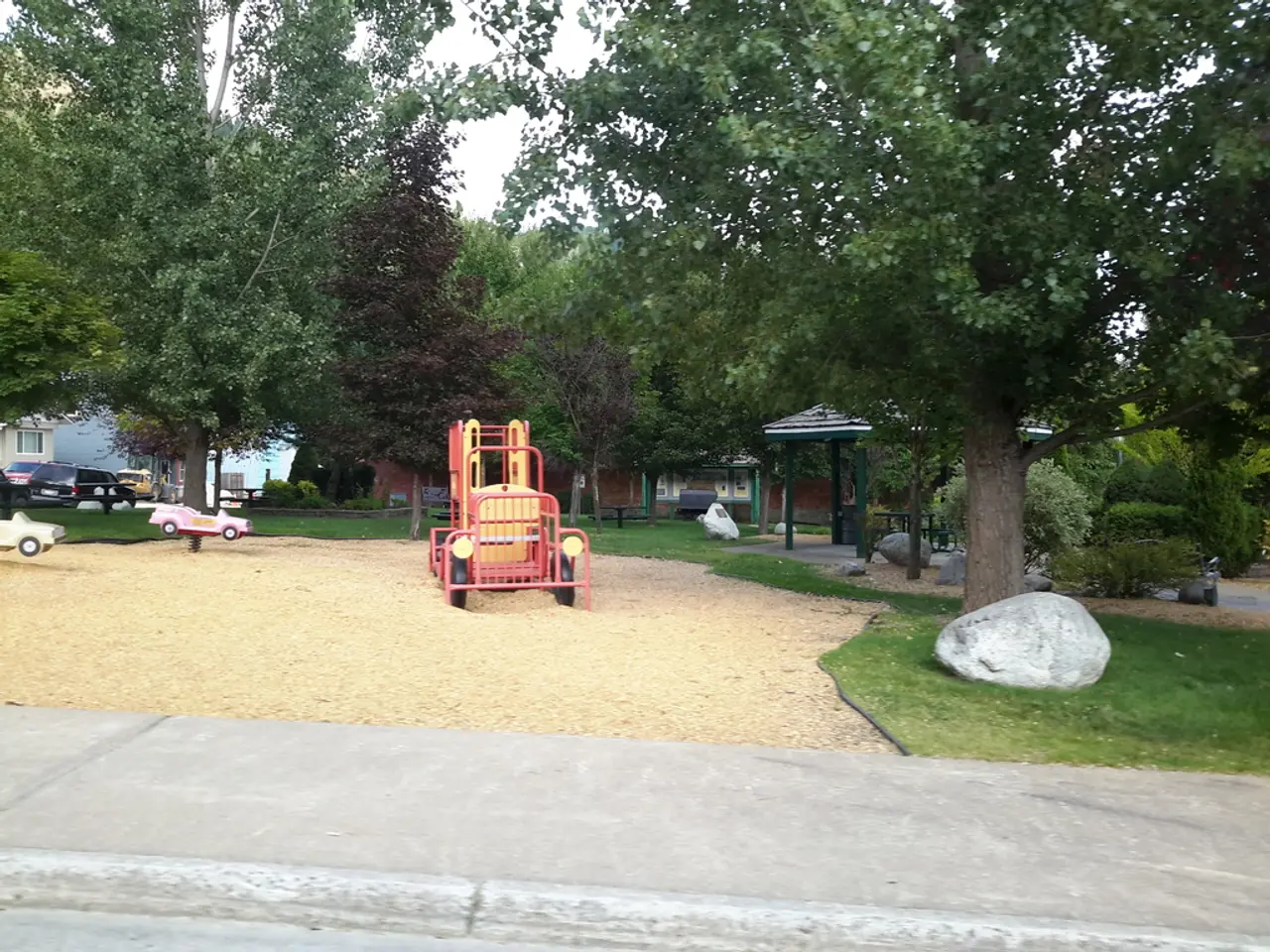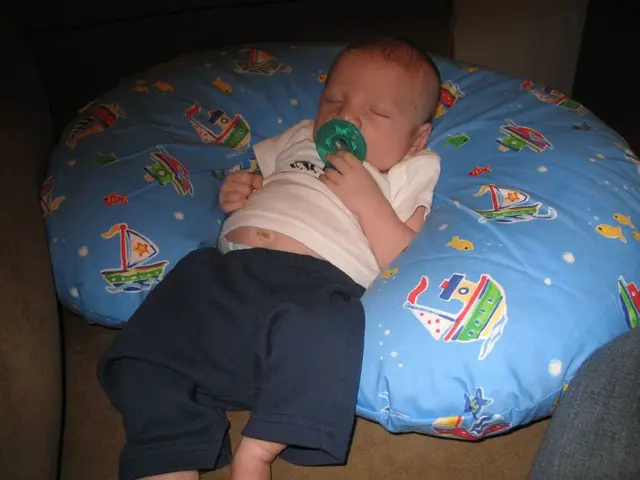Artificial turf installations in California raise health and environmental issues in increasing numbers
California, known for its sunny weather and lush greenery, has an unexpected addition to its landscape - artificial turf. The Golden State installs more artificial grass than any other in the nation each year, with an estimated 1,100 acres, or the equivalent of some 870 football fields, being laid annually.
This trend, however, has sparked a debate, with concerns about health, environment, and safety coming to the forefront. The state's waste agency, CalRecycle, requested a report in 2015 to examine tire infill as a solution to the problem of millions of tires in landfills.
While the report did not offer an official endorsement of synthetic turf, it did highlight some potential benefits. Artificial turf requires no water, pesticides, or fertilizers, making it an attractive option for drought-prone California.
However, there are drawbacks. Researchers have found chemical exposures, including from forever chemicals (PFAS), endocrine disruptors such as phthalates, and volatile chemicals such as benzo(a)pyrene and naphthalene in artificial turf. Some studies suggest that artificial turf can reach temperatures in excess of 160 degrees, potentially causing first- and second-degree burns on skin.
Injuries associated with turf fields are also a concern. Unlike natural fields, artificial turf can cause injuries to ankles and knees due to how cleats grip the infill. Research shows that an average synthetic turf field loses between 2,000 and 3,000 pounds of microplastic fibers every year.
The debate has reached the political arena, with some cities, including Los Angeles, considering a ban on artificial turf, citing concerns about children's health and the environment. The L.A. City Council's Energy and Environment Committee is studying a possible ban, which is up for discussion in October.
On the other hand, some municipalities and school districts in California embrace artificial turf, citing benefits for the environment, promoting kids' activity, and health. The California report on the safety of turf systems reaffirmed its safety, but concerns about the study's design and methodology have been raised by independent scientific advisers.
Amy Kyle, an independent scientific adviser on the panel evaluating the turf report, had concerns about the study design and methodology, which were largely ignored. John Balmes, professor of medicine at UC San Francisco, agreed with Kyle's concerns.
As the discussions continue, it's clear that California's love affair with artificial turf is far from over. The state's decision will have implications not just for California but for the nation as a whole, as more and more communities turn to artificial turf as a solution to their landscaping needs.
Read also:
- Hospital's Enhancement of Outpatient Services Alleviates Emergency Department Strain
- Increased Chikungunya infections in UK travelers prompt mosquito bite caution
- Kazakhstan's Deputy Prime Minister holds discussions on the prevailing circumstances in Almaty
- In the state, Kaiser Permanente boasts the top-ranked health insurance program






